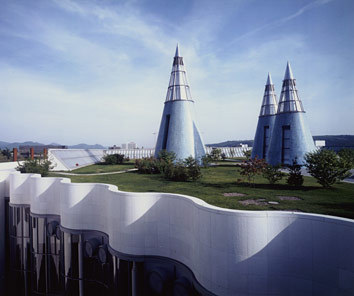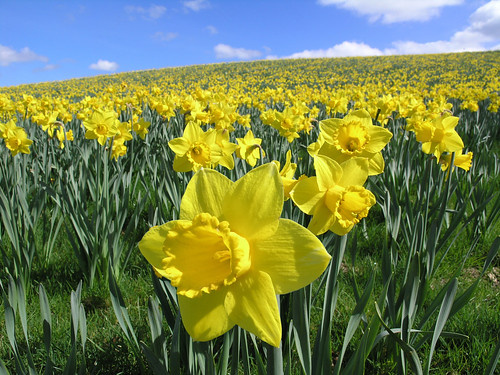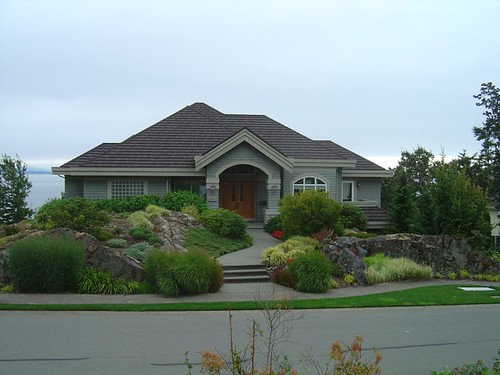Are you making the most of your living environment? Outdoor living is becoming more in vogue these days. Outdoor spaces, like indoor ones, should be designed for how we live. If you live in a climate that is conducive to outdoor living, why not consider a courtyard space or outdoor room?
Why do something like this …

when you can have something like these:
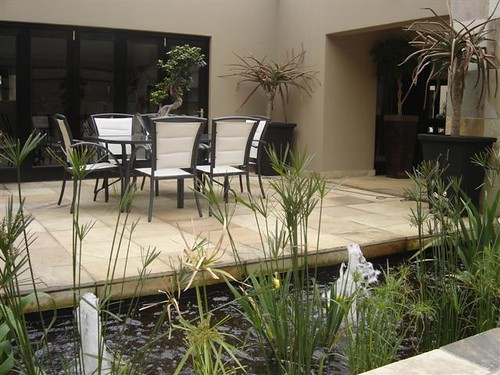
Photo by Wayne Strydom Garden Design
The outdoor room or courtyard is enclosed by at least two or three walls. These walls can be man-made or they can be living, green walls.
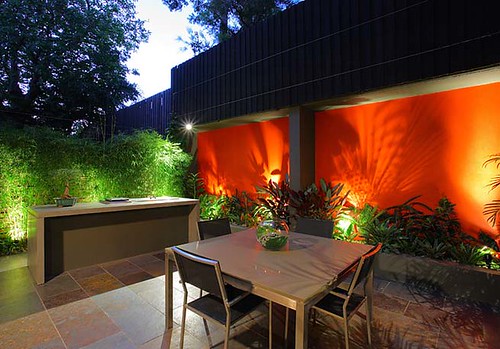 Secret Gardens of Sydney
Secret Gardens of Sydney
The outdoor room or courtyard is considered a “concave” space. This is the kind of space that is the most comfortable space for people to experience. Psychologically, we feel protected and safe in this type of space.


These spaces can be small and intimate.
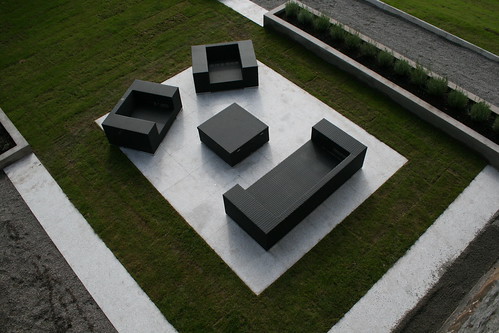
Photo by amaryllis landscapes
Or they can be large and open spaces.

Photo by amaryllis landscapes

Often, outdoor rooms will overlook or connect to other larger spaces.


Suzman & Cole Design Associates
Always, outdoor rooms and courtyards are connected to the sky above.

These spaces can be achieved quite easily with a little foresight and planning. Why is it that so often we spend so much time planning the design of our homes, and fail to consider the design of our outdoor spaces?

Is it a courtyard or an outdoor room? It doesn’t matter. What matters is that these spaces, like indoor spaces, are well thought out and planned for how we live. What makes them so special is that they are designed for outdoor living and/or entertaining!

Photo and Design by Philip Nixon Design
How do you live outdoors? Is your outdoor space an afterthought or your favorite place to be?
To see what others are into this week, stop by Hooked on Houses, Fifi Flowers Design Decor or The Inspired Room.





























